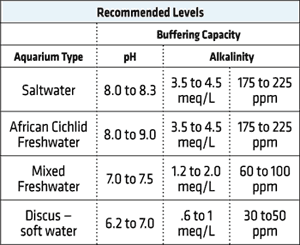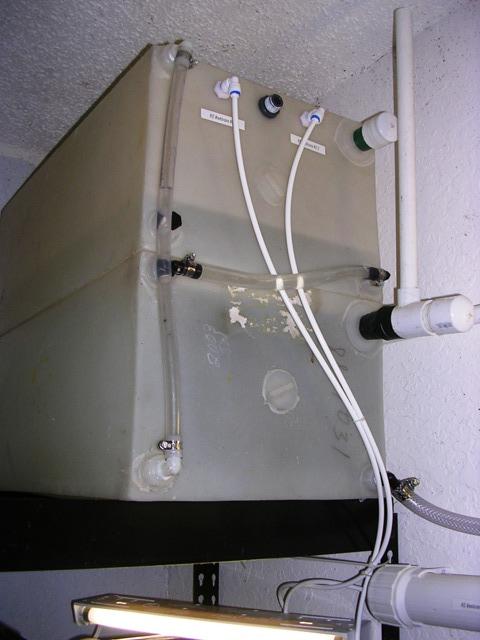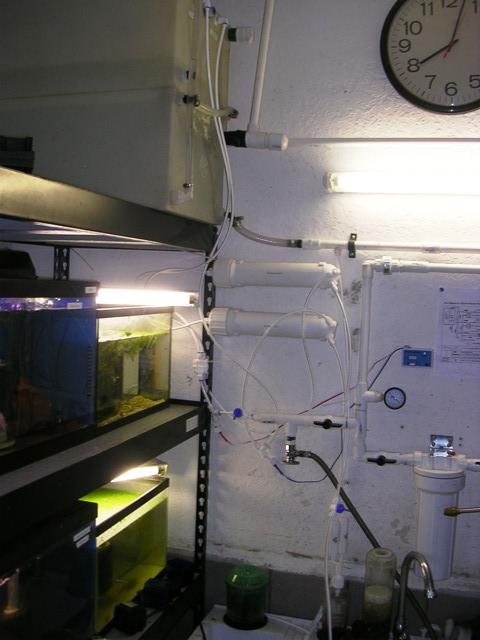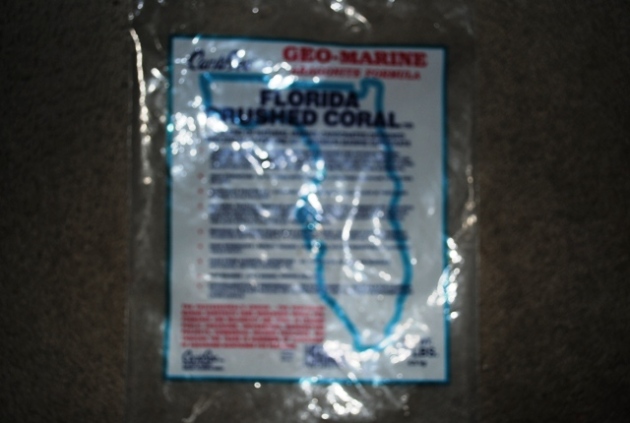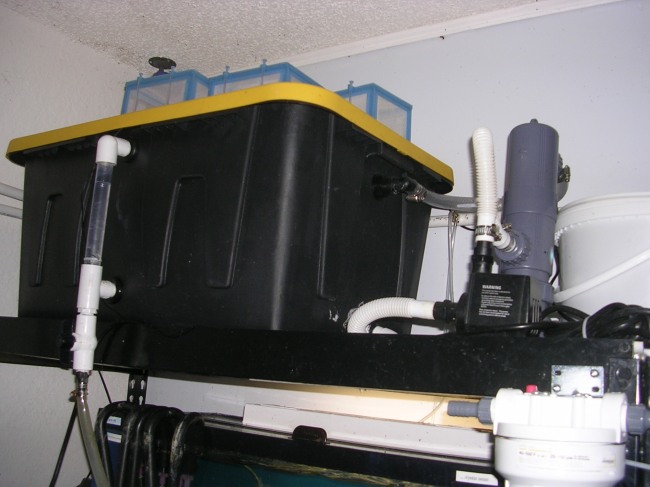I am using Kent Marine, R/O Right, to enhance my water! Most of this information I took directly from Kent marine. Some I had to request, and I am sure they won’t mined me putting it here for your reading convenience!

R/O Right Reclaims Natural Water Chemistry (GH) to Purified Water For Cichlid, Discus and Freshwater Aquariums KENT MARINE R/O RIGHT is a concentrated dry formulation of dissolved solids and balanced electrolytes that returns the natural water chemistry to reverse osmosis, distilled or de-ionized water.
I paid $ 6.99 at Dr. Foster& Smith’s – Powder 250 g, CD-524818, for this product.
Material Safety Data Sheet:
https://mail.google.com/mail/u/0/?ui=2&ik=2060130c02&view=att&th=146d360c9118961d&attid=0.1&disp=inline&safe=1&zw
Reclaims Natural Water Chemistry (GH) to Purified Water For Cichlid, Discus and Freshwater Aquariums
KENT MARINE R/O RIGHT is a concentrated dry formulation of dissolved solids and balanced electrolytes that returns the natural water chemistry to reverse osmosis, distilled or de-ionized water.
Directions
Dissolve the appropriate amount (see chart below) of KENT Marine R/O Right to every 10 gallons of purified water.
( I am trying to get a copy of the chart from KENT marine, the one on the container is to small to read and reproduce here) Got IT!

( It’s still too hard to read and the container is to small to read and reproduce here)
Add during initial tank set-up and when performing water changes.
Use KENT Marine pH Stable to maintain water alkalinity or buffering capacity. Adjust aquarium pH with KENT Marine pH Control Minus or KENT Marine pH Control Plus as necessary.
This is an all in one type product, its has most of the main ingredients as a hand mixed formula and should be easier and cheaper than trying to mix it yourself.
Kent RO Right
CALCIUM CHLORIDE (10043-52-4) < 50
CARBONIC ACID, DISODIUM SALT (497-19-8) < 50
CARBONIC ACID, MAGNESIUM SALT (546-93-0) < 50
CARBONIC ACID, MONOSODIUM SALT (144-55-8) < 50
Kent pH Control Minus:
SODIUM HYDROGEN SULFATE (7681-38-1) < 95
SODIUM SULFATE (7757-82-6) < 95
Kent pH Control Plus:
SODIUM BICARBONATE (144-55-8)
SODIUM CARBONATE (497-19-8)
SODIUM TETRABORATE (1330-43-4)
Kent Marine Aquarium pH Buffer:
SODIUM BICARBONATE (144-55-8)
SODIUM CARBONATE (497-19-8)
SODIUM TETRABORATE (1330-43-4)
Kent pH Stable:
SODIUM BICARBONATE (144-55-8)
SODIUM CARBONATE (497-19-8)
SODIUM TETRABORATE (1330-43-4)
Kent pH Precise Neutral Controller:
PHOSPHORIC ACID, DISODIUM SALT (7558-79-4) < 0 – 100
PHOSPHORIC ACID, MONOSODIUM SALT (7558-80-7) < 0 – 100
Kent Marine-C:
Vitamin C supplement
It sates to be used in conjunction with Kent’s pH products, up, down and pH Stabilizer, but would like to know if anyone has used them.

pH Stable Buffer
Neutral Range pH Buffer & Stabilizer For Marine & Freshwater Aquariums
KENT MARINE pH STABLE safely increases the total alkalinity (buffering capacity) to provide a stable pH level in the system. Does not promote algae growth.
Buffers & pH Control
Since fish, coral and other invertebrates are native to different regions throughout the world, the water parameters they thrive in also vary. KENT Marine Buffers and pH Control products help to pin point and maintain proper pH levels for almost any aquarium setting.
Alkalinity, dKH, carbonate hardness are all synonymous with buffering capacity. Buffering capacity is the measure of water alkalinity and helps prevent sudden changes in pH. This should be the first water parameter to monitor before adjusting pH.
pH is the amount of hydrogen and hydroxide dissolved in the water. It is measured on a 14-point scale, where 1 is the most acidic, 14 is the most alkali or basic, and a reading of 7 is neutral. Aquariums have natural, fluctuating pH patterns that are usually lower during the evening and higher during the day. It is important to determine the optimal pH level for the desired aquatic environment. Incorrect levels can cause stress to aquatic life and if left unchecked, biological compounds and overall aquarium health can become toxic. In marine aquariums, the type of calcium supplement being used can also have significant impact on pH. Supplements like Kalkwasser can cause pH spikes and Liquid Calcium Reactor can increase buffering capacity.

pH Control Plus Basic Range pH Regulator For Marine & Freshwater Aquariums KENT MARINE pH CONTROL PLUS safely increases pH of tap or aquarium water. Works in fresh, alkaline fresh, brackish or saltwater aquariums.
Directions
| Directions: First, measure alkalinity (buffering capacity, carbonate hardness, or KH) and adjust to the appropriate level. Next, adjust and raise pH by drawing 3 cups of aquarium water in a separate clean container, add 1/8 teaspoon of KENT Marine pH Control Plus, and mix well. Disperse this amount into the aquarium for every 20 gallons of water. Wait 24 hours for the pH to stabilize and adjust further, as needed.Caution: This is a concentrated product! When in doubt, less is better. It is recommended only to adjust the pH up 0.2 pH per day.When using Reverse Osmosis water or tap water that is very soft (low total or general hardness, or GH), useKENT Marine R/O Right to increase total dissolved solids (GH) to the proper value.To adjust alkalinity (buffering capacity) use KENT Marine Superbuffer-dKH or KENT Marine pH Stable. |

pH Control Minus Acidic pH Regulator For Freshwater Aquariums KENT MARINE pH CONTROL MINUS safely lowers aquarium pH. When used in conjunction with KENT Marine pH Stable, it provides a stable, buffered, acidic pH in freshwater systems.
Directions
| First, measure alkalinity (buffering capacity, carbonate hardness, or KH) and adjust to the appropriate level. Next, adjust and lower pH by drawing 3 cups of aquarium water in a separate clean container, add 1/8 teaspoon of KENT Marine pH Control Minus, and mix well. Disperse this amount into the aquarium for every 20 gallons of water. Wait 24 hours for the pH to stabilize and adjust further, as needed. Caution: This is a concentrated product! When in doubt, less is better. It is recommended only to adjust the pH down 0.2 pH per day.If your water is hard and alkaline, larger doses may be required. If alkalinity is low (soft water), pH can be unstable, and crash. To adjust alkalinity, use KENT Marine pH Stable.When using reverse osmosis water or tap water that is very soft (low total or general hardness, or GH), use KENT Marine R/O Right to increase total dissolved solids (GH) to the proper value. |

